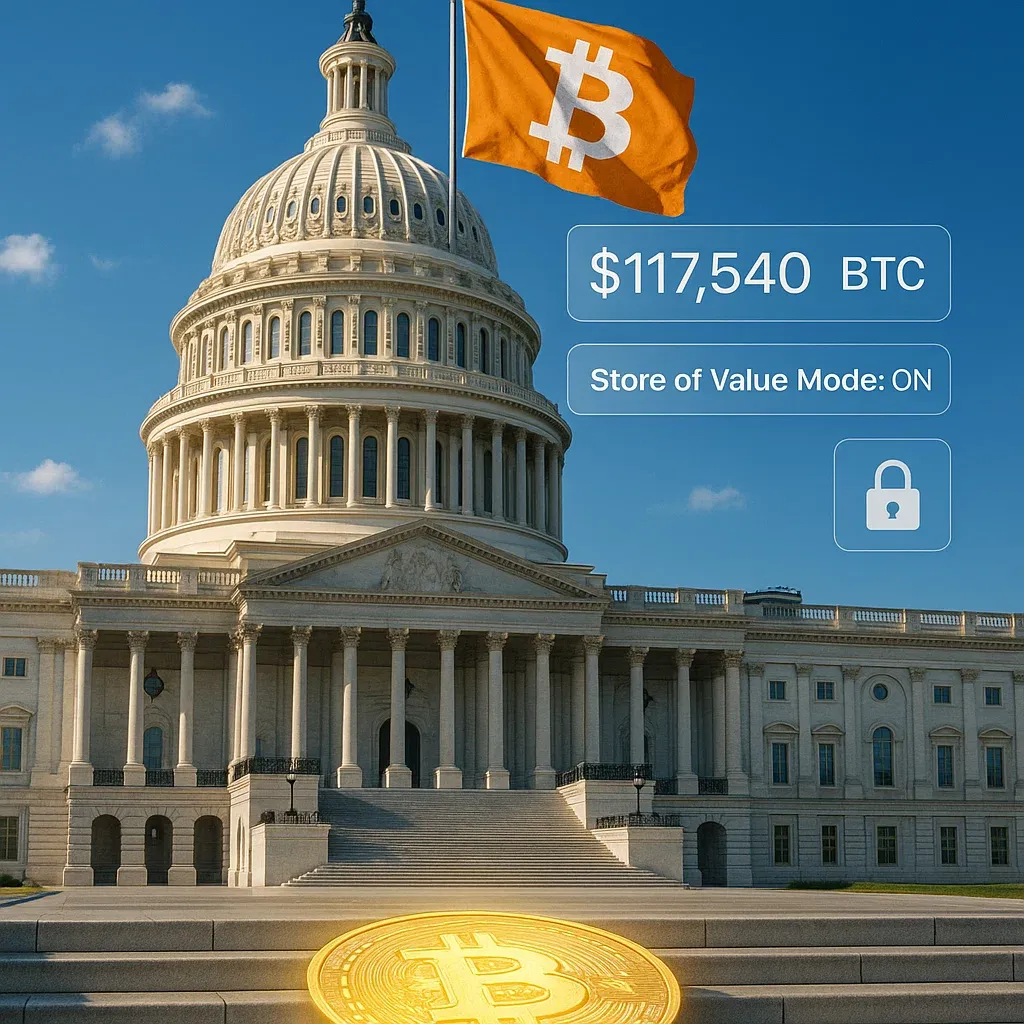Return to Quantitative Easing: Why It’s Great News for Bitcoin and Cryptocurrencies
Return to Quantitative Easing: How It Will Impact Cryptocurrencies 💰
Arthur Hayes, the former CEO of BitMEX, recently published an essay titled "The BBC", where he dives deep into the U.S. economy, predicting how a return to Quantitative Easing (QE) will shake things up — and how it could send cryptocurrencies like Bitcoin to new heights.
The U.S. Economy: Stuck Between a Rock and a Hard Place 💥
Hayes argues that the Federal Reserve (Fed) is under increasing pressure from U.S. Treasury Secretary Janet Yellen to take drastic action to stabilize the economy. With the national debt ballooning and budget deficits hitting unsustainable levels, Hayes believes the Fed will have no choice but to restart Quantitative Easing — a process where the Fed prints money to buy government bonds and pump liquidity into the economy.
Why? To keep the economy from crashing. It's all about cheap debt. Hayes highlights that U.S. President Donald Trump’s economic agenda — with promises of industrial growth and job creation — hinges on low interest rates. To maintain that, more monetary injections are necessary, and QE seems like the only way to get there.
The Political Landscape: Trade Wars and Budget Deficits 🇺🇸⚔️
Hayes also examines how foreign policy and trade wars affect the U.S. economy. The U.S. trade deficit has been massive for decades, partly due to China's cheap exports and the shift of manufacturing overseas. Hayes argues that Trump’s America First strategy — bringing manufacturing back to the U.S. — relies heavily on continued financial injections into the economy. That’s why QE is back on the table.
Why the Fed Can’t Escape QE Now 💸
With the U.S. national debt reaching crazy levels and budget deficits only growing, Hayes thinks the Fed has no way out — they’ll have to bring back QE. In fact, if the Fed lifts restrictions on banks purchasing Treasury bonds, QE could start earlier and faster than we think.
Once QE starts, Hayes believes the Fed won’t be able to stop, as the economy will rely on constant liquidity injections. For Bitcoin, this creates the perfect environment for growth. Hayes even predicts Bitcoin’s price could hit $250,000 by the end of 2025. 📈
The Liquidity Boom: What Happens When the Money Flow Starts 💸💸
Hayes dives into the math of liquidity. For example, if the Fed slows down its balance sheet reduction from $25 billion/month to just $5 billion/month in 2025, that’s an extra $240 billion pumped into the economy. Keep going, and we could see an extra $420 billion per year. All of this means more money in the system — and that’s good for Bitcoin and other assets.
These actions won’t just affect traditional investments like gold and stocks, but also digital assets like Bitcoin. In times of uncertainty and inflation, Bitcoin could be the asset to watch.
Lessons from 2008: Why Bitcoin Could Be the Real Winner 🏆
Hayes reflects on the 2008 financial crisis, when gold and stocks reacted to liquidity changes — but at different speeds. Stocks required direct government support, while gold and assets like Bitcoin (which are seen as "anti-systemic") were quicker to respond. With inflation on the rise, Bitcoin could become the go-to asset for investors looking to protect their wealth from financial instability.
Conclusion: Prepare for the Return of QE and Crypto Growth 🚀
In Hayes’ view, the return to Quantitative Easing is a done deal. With national debt rising and inflation creeping up, the Fed will have no choice but to inject liquidity into the market — and that’s good news for Bitcoin. As QE ramps up, expect Bitcoin’s price to climb, and its role as an inflation hedge to become even stronger.
For investors, this is a sign to keep an eye on monetary policy. The future of crypto — especially Bitcoin — depends on how much money the Fed is willing to print. So, stay informed, because the next wave of crypto growth might be just around the corner.
TL;DR:
- Arthur Hayes predicts Quantitative Easing (QE) will return to the U.S. economy.
- QE will boost liquidity, benefitting assets like Bitcoin.
- Hayes believes Bitcoin could hit $250,000 by 2025 due to these changes.
- The Fed’s actions, like increasing liquidity, are likely to drive growth in cryptocurrencies.
- The 2008 crisis showed that Bitcoin reacts faster to liquidity changes, positioning it as a safe bet in uncertain times.

Recent News
All Time High • Live
Have questions or want to collaborate? Reach us at: info@ath.live











